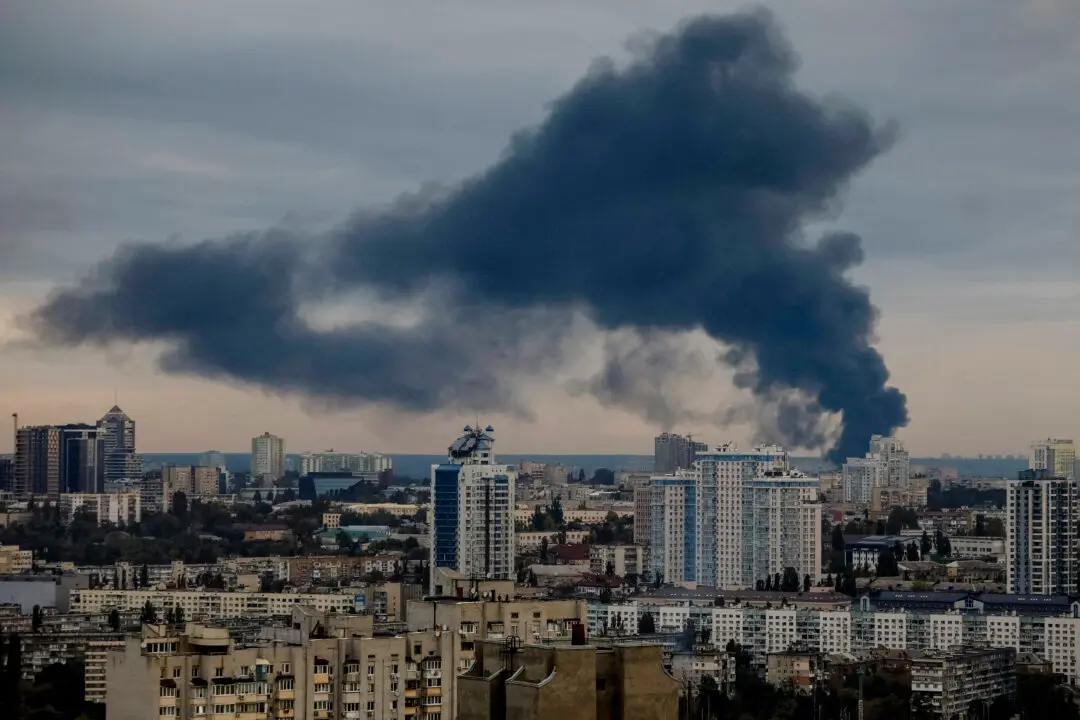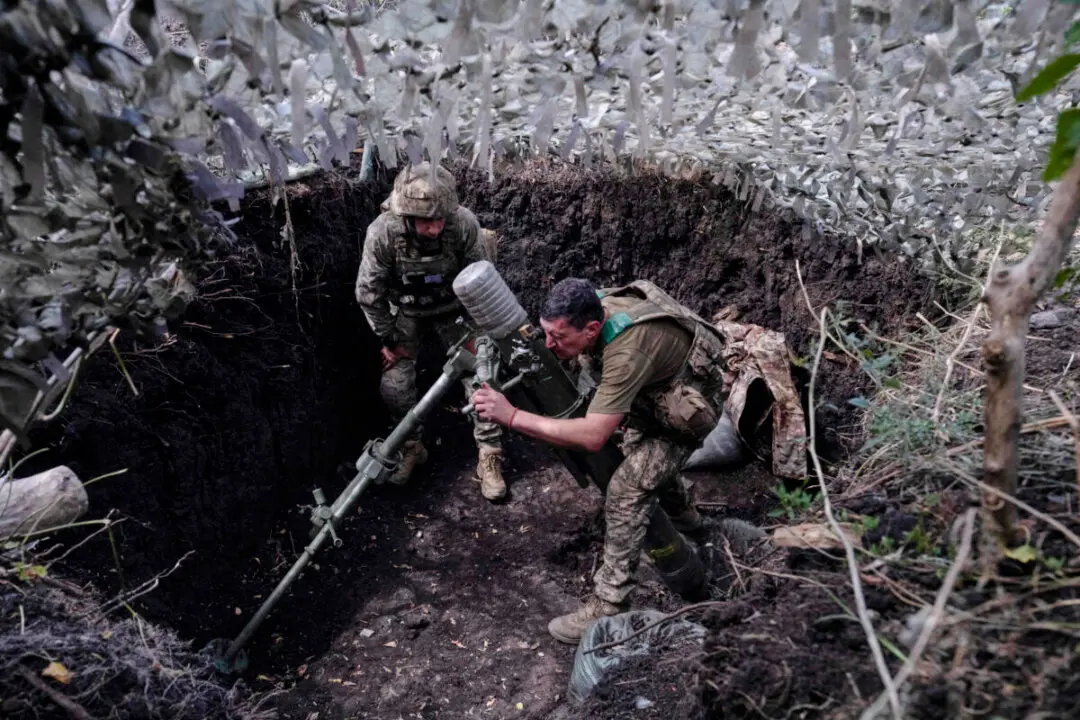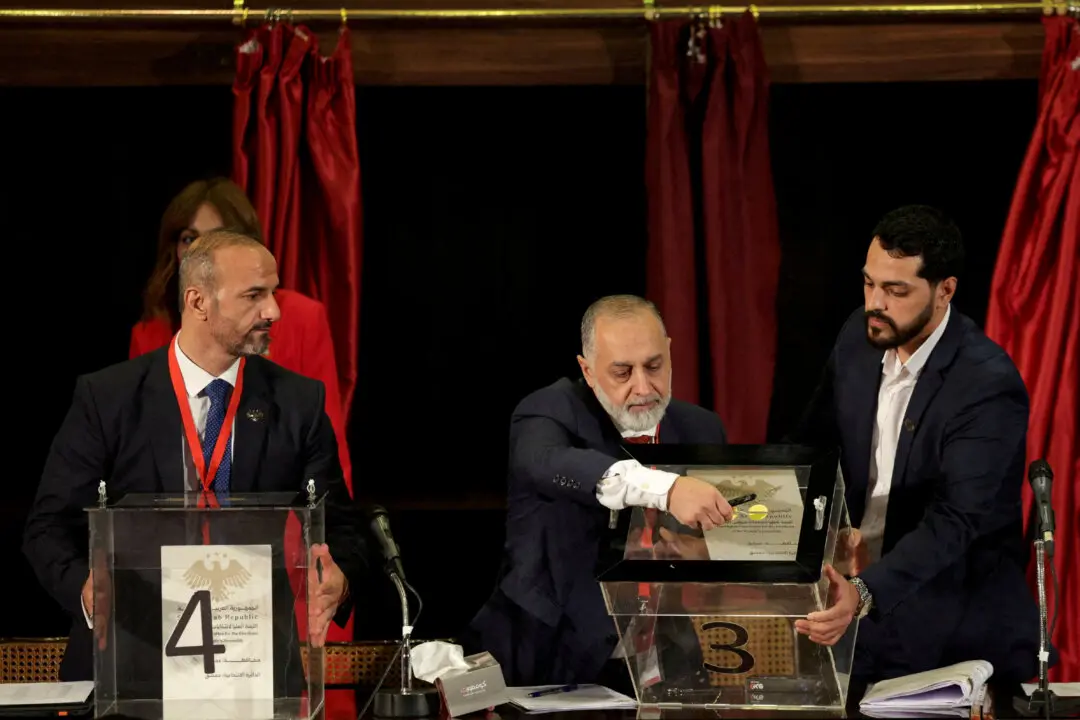As Russian and Ukrainian forces trade blows in the eastern Donbas region, prospects for peace appear dimmer than ever, even amid hints of possible detente between Washington and Moscow.
“As for Ukraine, we have nothing to discuss with them [the United States],” Russian Deputy Foreign Minister Sergey Ryabkov told Russian state media on Nov. 18. “There can be no dialogue or ... talks since our views are polar opposites.”





